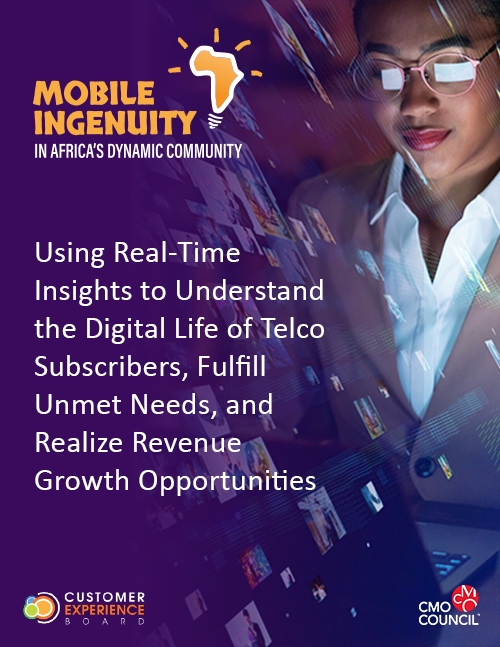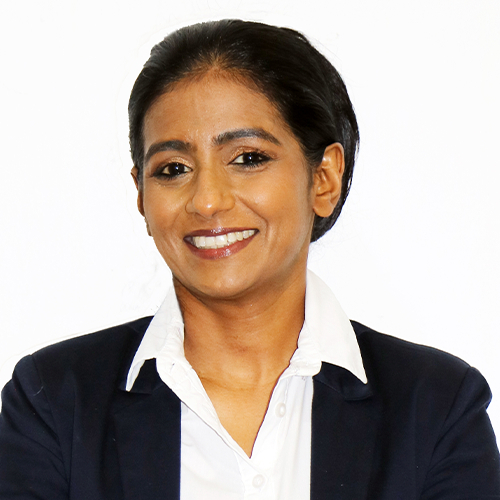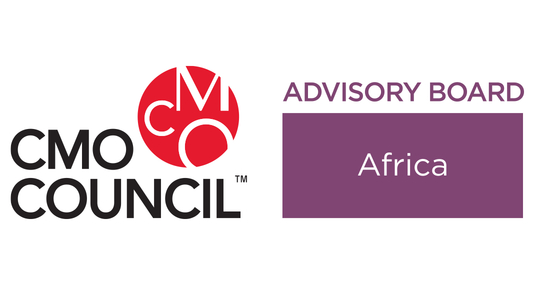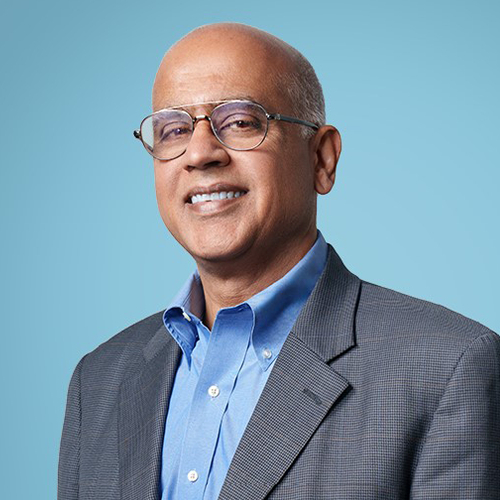Mobile Ingenuity in Africa's Dynamic Community
Possessing a vast abundance of ever-multiplying customer data, Africa’s leading wireless network operators and communications service providers are now hardwired to turn this under-performing asset base into a new form of “data currency” that can create customer value, generate new revenue streams, and be used for competitive advantage. More








